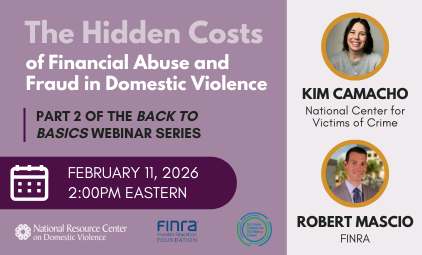In the fall of 2016 the Indiana Coalition Against Domestic Violence (ICADV), in collaboration with member programs from across the state, initiated a multi-year process of re-centering Indiana’s prevention strategies and program services in survivor-defined needs in order to examine what types of programs and services were most valued, what needs were unmet, and fundamentally, how communities could reduce violence by increasing safety and supports for all.
Twelve member programs serving communities across Indiana joined the Coalition in the process of assessment and development. The cohort of member programs carefully defined the sample of survivors that the project needed to hear from in order to ensure the inclusion of survivors with diverse identities from across Indiana. Particular attention was paid to hearing from survivors who have been unserved or underserved because of barriers related to identity-based discrimination, disabilities, homeless status, criminal justice histories, immigration status, or challenges related to mental health or addictions.
In the ten-month period from December 2017 through October 2018, members of the cohort conducted 91 individual interviews and also five focus group discussions with survivors. In reviewing transcripts from the interviews and focus groups, key themes were identified for preventive actions to increase safety at the community level, and also for improvements and innovations within service delivery systems. This document discusses the findings from this project and offers guidance for moving forward.














